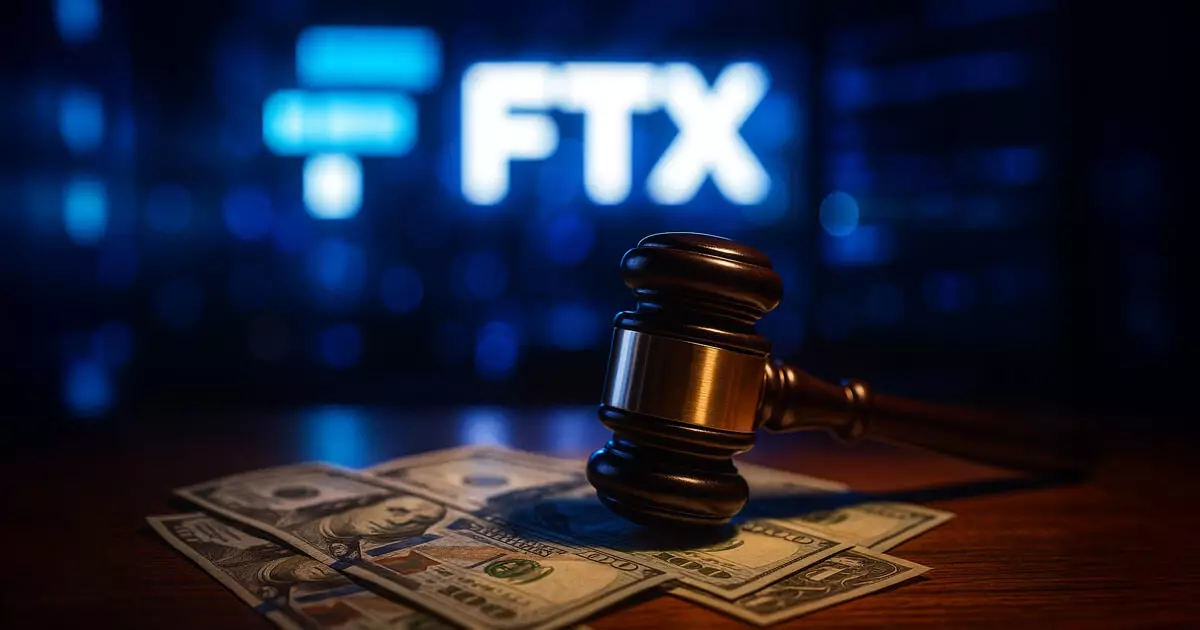The ongoing saga of FTX’s bankruptcy has taken yet another turn with the audacious claim of a staggering $1.53 billion by the disgraced crypto hedge fund, Three Arrows Capital (3AC). This demand, one could argue, embodies not just desperation but a profound misunderstanding of financial responsibility. FTX’s legal team has countered this claim aggressively, calling it “illogical.” They hold up a mirror to a hedge fund whose demands reflect a catastrophic failure in judgement and risk management, rather than any malfeasance on the part of FTX. Simply put, the claims of 3AC appear to be a misguided effort to transfer blame for its own excessive risk-taking onto an entity that was, if anything, compelled to act to mitigate further losses.
The Ripple Effects of Irresponsibility
At the crux of the issues are margin trades executed by 3AC on FTX’s platform in 2022, at a time when the crypto market was decidedly unstable. Amid borrowing heavily and attempting to position itself advantageously, 3AC secured an alarming $120 million credit line from FTX. The precariousness of their situation became evident once the TerraUSD stablecoin collapsed, leading the hedge fund into deeper waters, exacerbating a chain reaction affecting their trading accounts. FTX’s legal counsel asserts that when 3AC breached its margin requirements, their lack of responsiveness—coupled with an impulsive withdrawal of $18 million in Ethereum—demonstrated a reckless disregard for the warnings and contractual obligations associated with their trading.
Instead of fortifying their financial position based on available warnings, 3AC’s actions only deepened their losses and put FTX in a position where liquidation of 3AC’s accounts was the only feasible option to salvage its own financial standing.
The Defense That Stands Tall
FTX’s legal representatives argue that liquidating 3AC’s accounts was not only justified but necessary to prevent greater financial damage. This is not merely corporate bluster; it is a calculated legal stance based on sound judgement. They presented testimony from a reputable consulting firm that reviewed the trades and concluded that the liquidation was essential to stem potential losses. Additionally, a legal opinion from a King’s Counsel further undermines 3AC’s legal foundation, indicating that their argument lacks merit under applicable law. Here, FTX isn’t merely defending itself; it’s actively demonstrating that the financial well-being of legitimate creditors and the integrity of its operations are at stake.
This scenario begs the question: Why should FTX’s creditors serve as a safety net for 3AC’s mismanagement? In every sense of the word, this claim appears to be less about recovering losses and more about shoring up a sinking ship with others’ resources.
Transforming Misfortune into Malice
What’s particularly galling about 3AC’s claim is the attempt to recast its misfortunes as FTX’s wrongdoing. The narrative being constructed is an insidious one, seeking to vilify FTX and distract from their own failings as they aim to claw back funds that were lost due to their own reckless strategies. Perhaps what’s most ironic is the notion of transferring accountability to the legitimate stakeholders—ordinary creditors awaiting due reimbursement—while the ‘masters of risk’ at 3AC concoct this outlandish narrative.
The essence of this unfolding drama isn’t merely about financial digits; it’s a moral quandary that questions the very fabric of accountability in the crypto world. Allowing 3AC’s claims to stand could set a perilous precedent, paving the way for more unscrupulous entities to shift their burdens onto unsuspecting victims in the marketplace.
A Reflection of the Crypto Landscape
Ultimately, the dust might settle, but this clash underscores the fractured relationship between risk, responsibility, and regulations in the crypto sphere. As FTX continues to navigate the turbulent waters of its bankruptcy proceedings, the legitimacy of 3AC’s claims will serve as a critical analysis point that could illuminate lessons for emerging crypto investors and regulators alike. If there’s any hope left in this tumultuous landscape, it lies in understanding that financial accountability must never be sacrificed on the altar of speculation or ambition. The stakes are much too high, not only for the blockchain community but for the broader financial ecosystem.


Leave a Reply